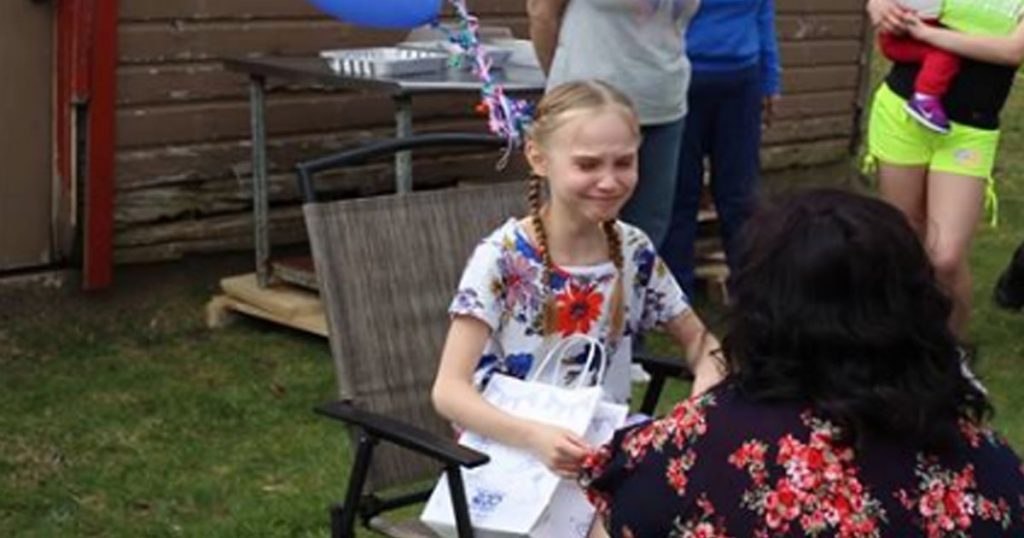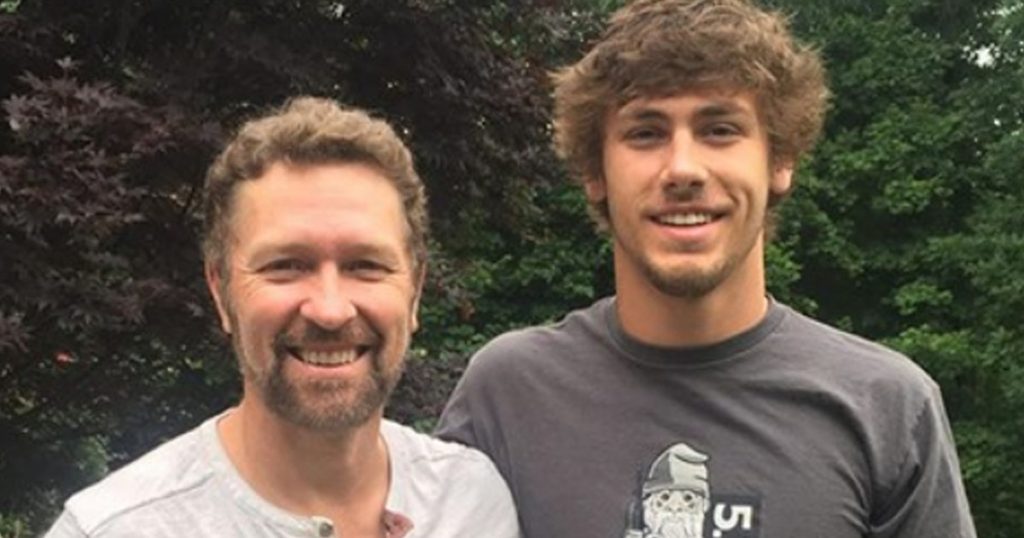Walking pneumonia sounds a title of a horror movie. But it is an informal term for pneumonia that isn’t severe enough to require bed rest. A person who gets walking pneumonia typically doesn’t have to stay in a hospital. You may have walking pneumonia but do not even know about it.
Your doctor may call it “atypical pneumonia” because it has atypical symptoms. In general, this type of pneumonia is caused by a lung infection. Nearly 2 million people get walking pneumonia from a bacterium called mycoplasma pneumonia in the United States each year. Anyone can get this disease, but it is mostly common in children and adults under the age of 40. People who spend a lot of time in crowded places are more likely to catch it.

The symptoms of walking pneumonia are usually mild, and you may feel like you have a common cold. They include:
— inflammation in the windpipe;
— sore throat;
— persistent dry cough;
— headache.

In some cases, the symptoms may also include:
— flu-like symptoms;
— wheezing;
— chest pain;
— heavy breathing.
Symptoms can be gradually at first and get worse over time. They generally start 15 to 25 days after the contagion.
Although the symptoms can be difficult to distinguish from other respiratory conditions, your doctor can help after talking with you and giving you a physical exam. A chest X-ray is a reliable way to confirm the diagnosis. There is also a blood test that can identify a mycoplasma infection.
How to treat walking pneumonia
Walking pneumonia is usually treated at home, your doctor may prescribe antibiotic therapy depending on the type of bacterium that caused your condition. People generally recover from walking pneumonia on their own, but consultation with your doctor is an important part of the healing process. Make sure that you take all the prescribed medications for the full length, even if you get better before you have taken it all.

There is no vaccination for atypical pneumonia, so you can’t completely prevent it. But there are measures you can take to reduce the risk:
1. Be physically active, follow a healthy diet, and get enough sleep. These things will help resist infections.
2. Wash your hands to prevent the infection from spreading.
3. Quit smoking. Cigarettes damage the lungs, and they become more vulnerable to infections.
4. Cover your mouth when you sneeze or cough. Ask others to do the same because coughing and sneezing are the main ways that this type of pneumonia is spread.





